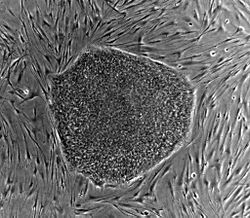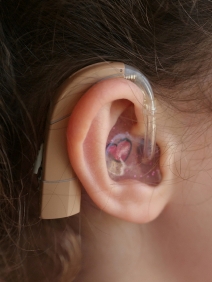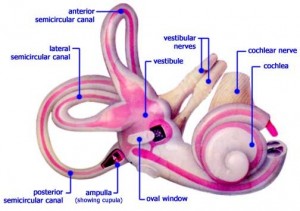A new oral formulation of a drug will help to save the hundreds of millions of men, women, and children infected with a deadly parasitic disease in developing countries. This new formulation, created at the University of British Columbia (UBC) by Dr. Kishor Wasan, will be made inexpensive and accessible to developing nations.
This is just one outcome of UBC’s global access policies. These policies were put in place by UBC’s University-Industry Liaison Office together with the UBC chapter of the Universities Allied for Essential Medicines (UAEM) in 2006. UBC is the first university in Canada to lay out a set of global access principles that hopes to create new technologies and make new discoveries that will benefit developing nations.
Examples of some of the global access policies include: starting partnerships to provide funding for research towards helping developing nations, allowing companies involved to make a profit with the technology in wealthy industrialized nations, and giving developing countries access to worldwide technologies ‘at cost.’
The video below explains in further detail what the Global Access Initiative is and how the process works:

Dr. Wasan got involved with the Global Access Initiative when he created the oral formulation of Amphotericin B (Amp B). The podcast below describes the need for an oral formulation of Amp B, the steps towards creating Amp B and making it accessible to those suffering from leishmaniasis, and the stage that the drug is at now:
Audio clip: Adobe Flash Player (version 9 or above) is required to play this audio clip. Download the latest version here. You also need to have JavaScript enabled in your browser.
Many other professors at UBC, like Dr. Wasan, have devoted their time towards helping developing nations. Jerry Spiegel, for example, is currently the lead investigator of a multimillion dollar project that aims to reduce environmental health risks and prevent illnesses and deaths in Ecuador.
“It’s exciting because it integrates research and education- we’ll only be successful if we transfer our knowledge to the community”- Jerry Spiegel
Dr. Peter von Dadelszen, a professor in the Faculty of Medicine at UBC, is leading a project called PRE-eclampsia-Eclampsia Monitoring, Prevention and Treatment (PRE-EMPT). Preeclampsia is a condition that is prevalent in pregnant and postnatal women in developing countries. This condition is the second largest cause of maternal deaths in the world, and it is responsible for an estimated 76 000 maternal and 500 000 newborn and fetal deaths annually. The PRE-EMPT project is currently underway and is focused on testing new ways to monitor, prevent and treat preeclampsia.

Woman in Developing Nation
http://philanthropy.com/blogs/conference/files/2011/03/ande-india-NV-Nandan4.jpg
While working towards her masters at UBC, Elizabeth Tilley experimented on a product called struvite which is extracted from urine and can be used as a fertilizer. She later brought her research to Switzerland where she used the technology developed at UBC to locally produce struvite in Nepal. Tilley continues to focus on enabling developing nations to have better access to fertilizer.
With these global access policies and the cooperation of so many individuals at the university, UBC has become known for being a leader in aiding developing nations. Many universities around the world have followed in UBC’s footsteps and have started to develop global access policies of their own.
If this article has sparked an interest, you can learn more about the UAEM at www.uaem.ubc.ca, and if you’d like to get involved or donate visit www.essentialmedicine.org.
“He who wished to secure the good of others, has already secured his own.” –Confucius
We would like to thank Dr. Kishor Wasan for answering all our questions and Craig Burkett for guiding us through this science outreach project!
Wasan, Kishor M., et al. “The Global Access Initiative at the University of British Columbia (UBC): Availability of UBC Discoveries and Technologies to the Developing World.” Journal of pharmaceutical sciences 98.3 (2009): 791-4. Print.











